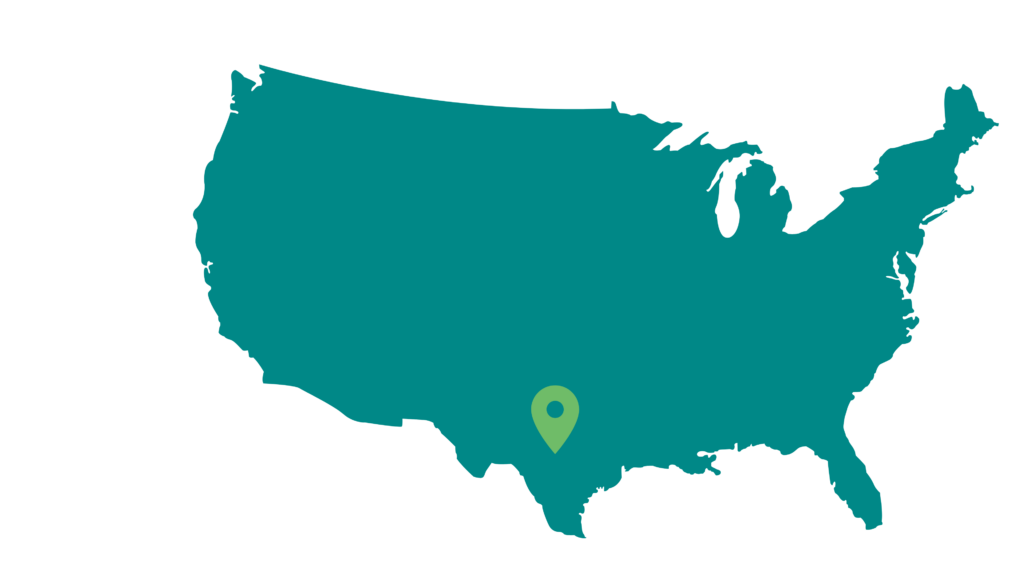Bird City Texas Community
San Antonio, USA

Which cities have successfully applied light pollution reduction strategies? What can we learn from them?

The Texas Parks and Wildlife Department has designated San Antonio as a Bird City Texas Community. San Antonio is part of the migratory flyway and millions of migratory birds pass through the city every year on their way to or from their breeding grounds. Additionally, many birds breed in San Antonio, a city with a population of 1,530,000 and 298,000 acres of parkland.
More information about San Antonio becoming a Bird City Texas is available here, while you can read about the city’s community engagement, habitat enhancement and protection for migratory birds here.
As a Texas Parks & Wildlife ‘Bird City,’ the community has committed to creating safer spaces for birds, including participating in the National Lights Out Program of the USA’s Audubon Society. The Lights Out program works in many cities where it encourages the owners and managers of tall buildings to turn off or dim their lights.
In 2008, the City of San Antonio enacted a Military Lighting Overlay District (MLOD) which requires residential, commercial and industrial properties to adhere to certain lighting requirements according to the “BUG” (Backlight, Uplight and Glare) classification of outdoor lighting fixtures which ensures that only well-shielded fixtures are used. Although these requirements are in place to preserve night time training exercises at the military bases, the reduction in light intensity levels, glare and light pollution has positive repercussions for people and wildlife. The relevant ordinance aims to minimise light trespass and obtrusive light by specifying the types of outdoor lighting used and certain restrictions for outdoor lighting after 11:00 PM for some commercial properties. Read more about the MLOD here:
https://docsonline.sanantonio.gov/FileUploads/DSD/MLODFAQ.pdf

The City of Toronto has been recognized by Nature Canada for its efforts and leadership in urban bird conservation by being awarded a high-level certification as a bird-friendly city. These conservation efforts include adopting Best Practices for Effective Lighting to reduce negative impacts on birds and working with FLAP Canada to keep birds safe from deadly collisions with buildings.
Toronto was one of the first to receive this certification under a program developed by Nature Canada, with the endorsement of Environment and Climate Change Canada. Other Canadian cities which have been certified include Vancouver, London, Edmonton and Calgary.
Nature Canada has developed a certification standard to certify eligible cities as a “Bird Friendly City”, to recognize and celebrate the contributions they have made to save bird lives in their municipalities. The goal of the certification is to provide local partners with a clear standard that reflects what a city needs to do to make it safe for birds.
Source: https://naturecanada.ca/defend-nature/how-you-help-us-take-action/bfc/#aboutprogram
Toronto has a long history of proactive action with the goal of minimizing the impact of development and light on migratory birds. This includes developing and implementing Bird-Friendly Development Guidelines, Best Practices for Bird-Friendly Glass and Best Practices for Effective Lighting, plans and strategies to protect biodiversity and natural habitat in and around the city, as well as public engagement programs.